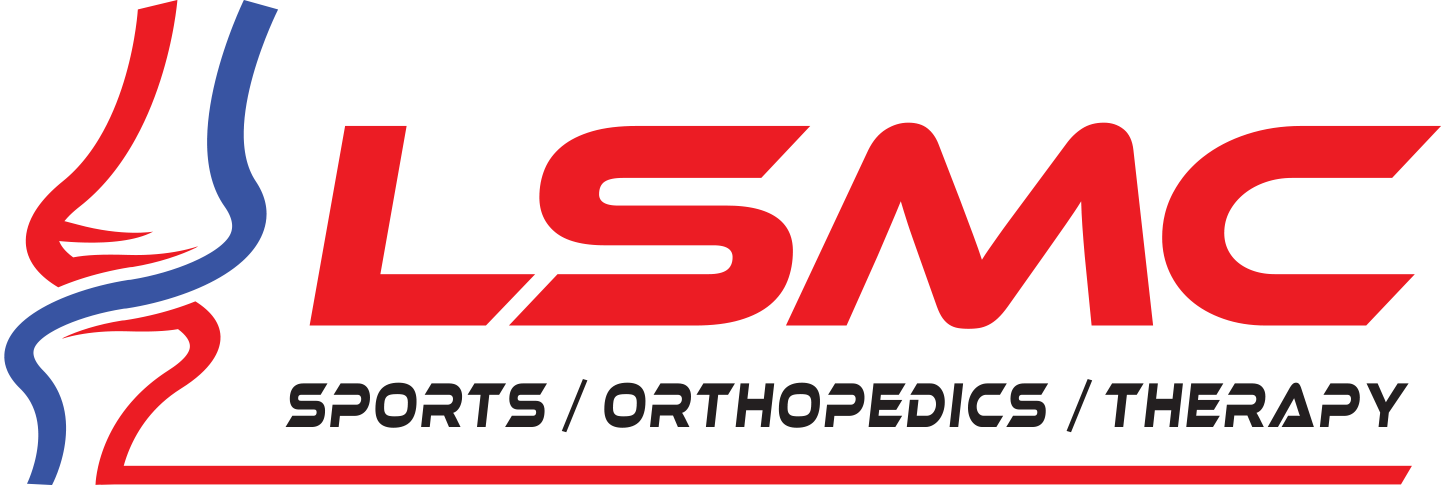Cheerleading has developed into a very disciplined and competitive sport. It incorporates much of the athletic demands of gymnastics but without mats. There has been a significant rise in injuries seen in the adolescent cheerleading athlete that can be life and limb altering. According to a study done by Brenda Shields, research coordinator at the Center for Injury Research and Policy, Nationwide Children’s Research Institute at Nationwide Children’s Hospital, cheerleading injuries have more than doubled from 1990 to 2002. A related study done in April 2005 revealed that over 50% of all catastrophic injuries in women’s sports now occur in cheerleading.
Competitive cheerleading involves a great deal of tumbling and stunting activities where one athlete is supported by one or more other athletes. The repetitive tumbling routines place a great deal of pressure on the spine and can result in stress fractures. Other vulnerable parts of the body include growth plates at the wrist, elbow, knee and ankle that can be traumatized with repetitive stress. Landing from jumps in awkward positions often stresses the ligaments of the knee and ankle to the point of failure. The anterior cruciate ligament (ACL), a main stabilizer of the knee, is particularly at risk for strain when landing short or in an off-balance position. This commonly happens from a combination of poor technique and deficits in lower extremity strength, flexibility and balance.
The following are some ways to reduce injury risk factors to try to prevent these types of injuries or lessen their severity:
- Stretch the muscles of the upper and lower extremity, including the back, before and after activity. Hold all stretches a minimum of 30 seconds and repeat 2-3 times each.
- When landing from jumps, stress landing in the athletic position. The hips and legs must be used as shock absorbers. Keep the shoulders over the knees, the knees over the toes and don’t let the knees collapse in towards each other.
- Balance training should include stationary and dynamic activities that progress incrementally. Balance exercises should begin on a stable surface such as the floor and progress to unstable surfaces such as the mat.
- The core is the link in the chain that connects the arms and the legs. If the core is weak, injuries are more likely. The core includes the abdominal, back and hip muscles. Core exercises should be done on a daily basis.
- Repetitive tumbling activities must be done in intervals, followed with rest. These should not be done on an every day basis.
In addition to the above injury prevention tips, it is strongly recommended that there be a set of uniform and universally enforced rules and regulations directed at increasing the safety of cheerleading. It is also recommended that all cheerleading coaches be mandated to complete a safety training and certification program.
Coaches, athletes and parents need to recognize the difference between common aches or pains and significant injuries. Below are some warning signs that describe a significant injury that needs immediate medical attention.
- Obvious deformity
- Significant swelling, discoloration or bruising
- Tenderness over any bone
- Numbness, tingling and weakness
- Extreme difference in temperature (hot or cold) compared to uninjured side
- Inability or reluctance to move the body part or bear weight
Overuse injuries occur from the repetitive nature of cheerleading activities. These types of injuries worsen in severity over time and can create long term loss of function and increase time away from sport. Overuse symptoms include pain and/or swelling that is intermittent at first and then becomes constant. These symptoms may also progress from occurring after activity only to occurring during and before activity. If the pain and swelling does not resolve and function does not return in a few days, see your physician or a sports medicine specialist.
The exact cause for the significant rise in cheerleading injuries is unknown. However, as cheerleading routines continue to expand — by adding gymnastics maneuvers and more technical stunting — this trend is likely to continue. It is important for these athletes to have training in proper landing techniques and take every precaution to help lessen other injury risk factors. It is imperative for coaches, parents and athletes to be able to recognize the signs and symptoms of injury and seek early intervention for continued success in their sport.









